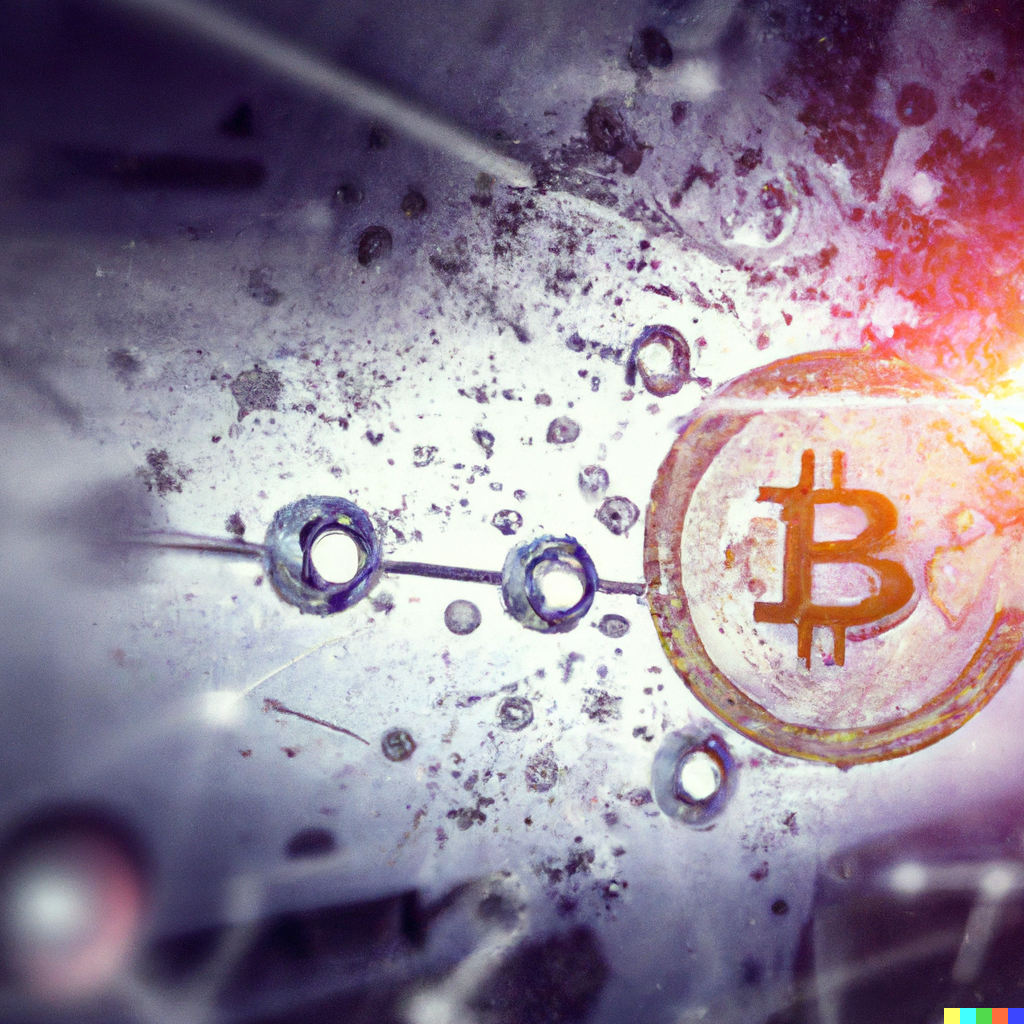February 13 | CryptoTech

Over the past decade, cryptocurrencies have evolved from a niche digital currency to a global financial phenomenon. This transformation has been made possible by a combination of groundbreaking technology and visionary thinking. As the world increasingly shifts towards digital solutions, the underlying technologies that drive cryptocurrencies, collectively referred to as Crypto Technology (CryptoTech), are playing a pivotal role in reshaping industries and revolutionizing the way we interact with money, data, and even trust itself.
CryptoTech encompasses a wide range of technologies that enable the existence, security, and development of digital assets and decentralized applications. From blockchain to smart contracts, privacy protocols, and cryptographic techniques, CryptoTech forms the backbone of modern financial systems, decentralized finance (DeFi), and a rapidly expanding ecosystem of Web3 applications. In this blog, we’ll explore the key components of CryptoTech, its applications, and how it’s paving the way for a decentralized future.
CryptoTech is the infrastructure that underpins cryptocurrencies and blockchain-based applications. It combines various technologies, such as cryptography, distributed computing, decentralized systems, and consensus algorithms, to create secure, transparent, and efficient digital ecosystems. Here's a breakdown of the core components of CryptoTech:
Blockchain is the foundational technology behind most cryptocurrencies, enabling decentralized, immutable, and transparent record-keeping. At its core, a blockchain is a distributed ledger that records transactions in a series of linked "blocks." Once a block is added to the chain, it cannot be altered, making it tamper-proof and highly secure.
How it works:
Blockchain's decentralized nature also eliminates the need for intermediaries, such as banks or payment processors, enabling peer-to-peer transactions and drastically reducing fees.
Cryptography is the science of protecting information through encoding and encryption. In CryptoTech, cryptographic techniques are used to secure transactions, protect user privacy, and maintain the integrity of blockchain networks.
Key cryptographic methods used in CryptoTech include:
A consensus mechanism is a protocol used by blockchain networks to agree on the validity of transactions and add them to the blockchain. Different consensus mechanisms offer varying levels of scalability, energy efficiency, and security. Some of the most popular consensus algorithms include:
Smart contracts are self-executing contracts with the terms of the agreement directly written into code. They automatically execute, control, or document legally relevant events according to the terms of the contract without the need for intermediaries.
Applications of Smart Contracts:
Smart contracts are programmable, flexible, and can be integrated with other decentralized applications (dApps), enabling the creation of complex systems like decentralized autonomous organizations (DAOs).
Decentralized applications (dApps) are applications that run on a blockchain or decentralized network instead of relying on a centralized server. These applications leverage blockchain’s security, transparency, and immutability to provide trustless services to users.
Examples of dApps:
DeFi is one of the most significant innovations enabled by CryptoTech. It refers to financial services such as lending, borrowing, trading, and insurance, which are traditionally controlled by banks and financial institutions. DeFi removes intermediaries, allowing users to access financial services directly on the blockchain.
DeFi platforms leverage smart contracts to execute financial transactions securely and transparently. Popular DeFi platforms include:
Cryptocurrencies and blockchain technologies offer improved privacy and security features over traditional systems. Technologies like Zero-Knowledge Proofs (ZKPs) and Mixing Services enhance privacy by allowing users to transact without exposing their identity or transaction details.
In addition, blockchain's immutable and transparent nature means that once a transaction is recorded, it cannot be tampered with, making CryptoTech one of the most secure ways to store and transfer value.
NFTs have gained massive popularity in recent years as a way to represent ownership of unique digital or physical assets. With CryptoTech, creators can tokenize artwork, music, videos, and even real estate, creating new opportunities for digital ownership and content monetization. Platforms like OpenSea, Rarible, and Foundation allow artists and creators to mint, sell, and trade their NFTs in a decentralized marketplace.
Blockchain's transparency and immutability make it an ideal tool for tracking products and verifying their authenticity. By recording every step of a product's journey on a blockchain, businesses can ensure that their products are genuine and ethically sourced. Industries like food, luxury goods, and pharmaceuticals are adopting blockchain to fight fraud and improve supply chain transparency.
As CryptoTech continues to evolve, we can expect further advancements in scalability, privacy, and security. Innovations like Layer 2 solutions (e.g., Optimistic Rollups, zk-Rollups) are being developed to improve the efficiency of blockchain networks by reducing congestion and transaction fees. Additionally, new consensus mechanisms and hybrid models are being explored to balance decentralization with scalability.
CryptoTech’s potential extends beyond just financial services. Its ability to decentralize trust, ensure data integrity, and enable transparency can disrupt a wide range of industries, from healthcare to entertainment, voting, and beyond.
Crypto Technology (CryptoTech) is transforming the way we think about money, data, and trust. By leveraging blockchain, cryptography, decentralized applications, and smart contracts, CryptoTech is creating a new era of digital innovation. As we continue to explore its capabilities, CryptoTech promises to unlock unprecedented opportunities for individuals, businesses, and industries around the world.
Embracing CryptoTech not only brings about financial freedom and security but also enables a future where decentralized, transparent, and trustless systems can thrive. Whether it's through DeFi, NFTs, or blockchain-based supply chains, CryptoTech is leading the way toward a more decentralized and efficient future.
SHARE THIS:
© Copyright 2025Global Tech AwardsAll Rights Reserved